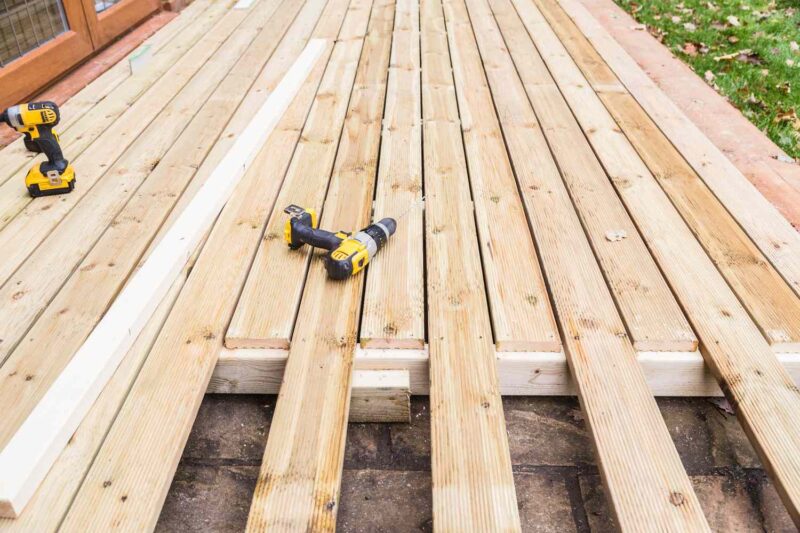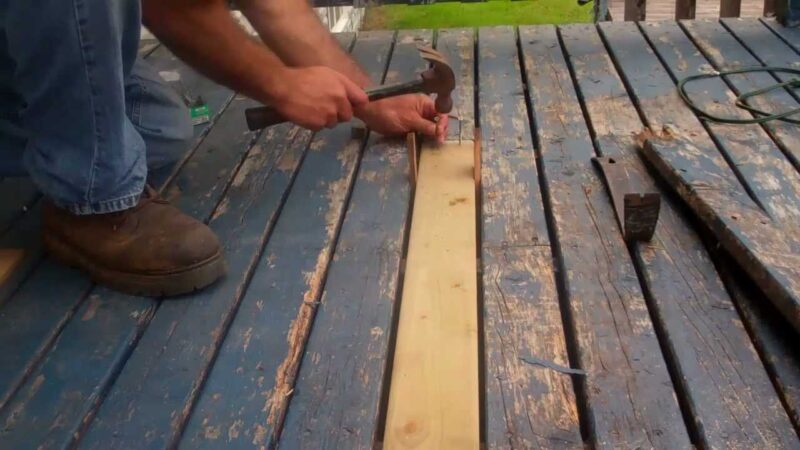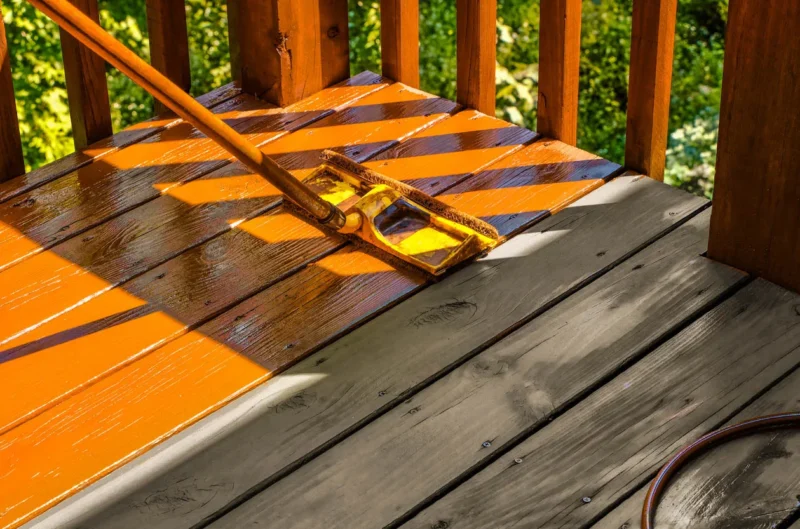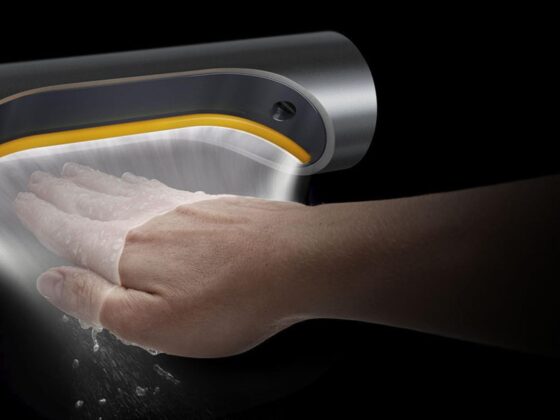Is your deck in need of some TLC? Whether its due to wear and tear over the years or damage from extreme weather conditions, a damaged deck can be a real eyesore and safety hazard. But fear not, because with a little DIY know-how and elbow grease, you can easily tackle deck repairs yourself.
In this article, well provide you with tips and techniques for fixing a damaged deck so you can enjoy your outdoor space once again. From replacing rotten boards to reinforcing shaky railings, weve got you covered.
So roll up your sleeves and lets get started on restoring your deck to its former glory!
1. Identifying Signs of Damage on Your Deck

Identifying signs of damage on your deck is crucial for maintaining its structural integrity and safety. One common indication of damage is warped or cracked boards, which can make the surface uneven and unstable.
Another red flag is loose or missing fasteners, such as nails or screws, which can compromise the stability of the entire deck. Additionally, rotting or decayed wood is a clear sign that your deck is in need of repair, as this can weaken the structure and pose a safety hazard.
It is important to regularly inspect your deck for any of these signs of damage and address them promptly to prevent further deterioration and potential accidents. By staying vigilant and proactive in monitoring the condition of your deck, you can ensure that it remains safe and functional for years to come.
2. Tools and Materials Needed for Deck Repair

Before tackling any deck repair project, its important to gather all the necessary tools and materials to ensure a smooth and successful renovation. Some essential tools needed for deck repair include a cordless drill, circular saw, hammer, screwdriver set, tape measure, and safety goggles.
In terms of materials, you will require replacement boards, deck screws, wood stain or sealant, sandpaper, and a paintbrush or roller. Additionally, its helpful to have a pry bar, level, and sawhorses on hand to assist with the repair process.
By having the right tools and materials readily available, you can efficiently address any damage to your deck and restore it to its former glory.
3. Step-by-Step Guide to Repairing a Damaged Deck

Repairing a damaged deck can seem like a daunting task, but with the right tools and techniques, it can be a manageable DIY project. The first step is to assess the extent of the damage, whether it be loose boards, rotting wood, or structural issues.
Once you have identified the problem areas, you can begin by removing any damaged boards and replacing them with new ones. Make sure to use pressure-treated lumber to ensure durability and longevity.
Next, inspect the deck for any signs of rot or insect damage, and treat these areas accordingly. You may also need to reinforce the decks structure with additional joists or support beams.
Finally, sand down any rough edges and apply a fresh coat of stain or sealant to protect your newly repaired deck from the elements. By following these step-by-step guidelines, you can restore your damaged deck to its former glory and enjoy many more years of outdoor entertaining.
Conclusion
In conclusion, repairing a damaged deck can be a manageable task with the right tools, materials, and techniques. By addressing issues promptly and using quality products like composite decking where appropriate, homeowners can extend the life of their deck and ensure a safe and enjoyable outdoor space for years to come. Remember to inspect your deck regularly, address any small problems before they escalate, and consult a professional for complex or extensive repairs.
With a little time and effort, you can keep your deck looking great and functioning well for all your outdoor gatherings and relaxation needs.


